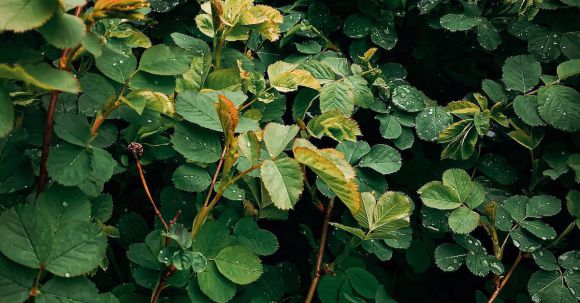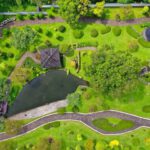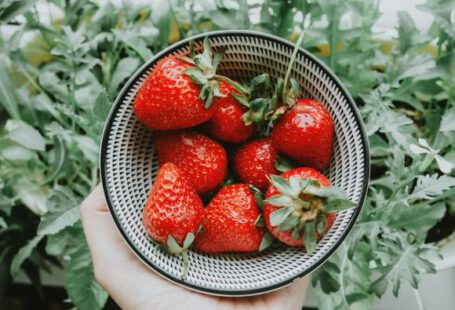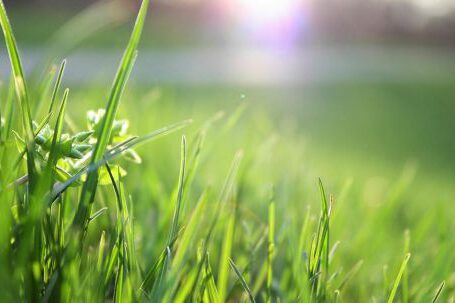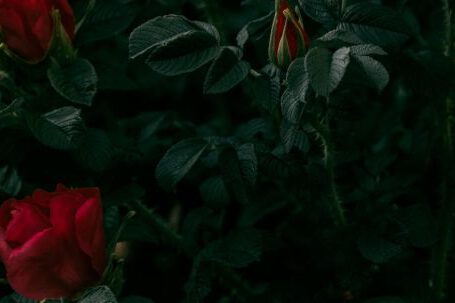When it comes to landscaping, most people envision beautiful flower beds filled with vibrant blooms. However, have you ever considered integrating edible plants into your flower landscaping? This unique approach not only adds a touch of practicality to your garden but also creates a visually stunning and functional space. In this article, we will explore the benefits and possibilities of incorporating edible plants into your flower beds.
Creating a Beautiful Harmony
One of the main concerns when integrating edible plants into flower landscaping is maintaining the aesthetic appeal of the garden. After all, flowers are renowned for their striking colors and delicate beauty. The key is to select edible plants that complement the existing flowers and add to the overall visual appeal. For example, plants with colorful foliage, such as Swiss chard or purple basil, can be seamlessly integrated into flower beds, enhancing the overall beauty of the landscape.
Adding a Functional Element
Integrating edible plants into flower landscaping not only adds beauty but also serves a practical purpose. Imagine being able to step out into your garden and pick fresh herbs or vegetables for your meals. This fusion of beauty and functionality can truly transform your garden into a living pantry. Edible plants such as lettuce, kale, and herbs like thyme and rosemary can be easily incorporated into flower beds, providing both visual interest and a source of fresh, homegrown produce.
Maximizing Limited Space
For those with limited gardening space, integrating edible plants into flower landscaping can be a game-changer. Instead of dedicating separate areas for flowers and vegetables, you can combine them into one cohesive design. Vertical gardening techniques, such as using trellises for climbing plants like cucumbers or beans, can help maximize space and create a visually appealing display. By using this approach, you can enjoy the beauty of flowers and the practicality of edible plants, even in a small garden or balcony.
Enhancing Biodiversity
Integrating edible plants into flower landscaping not only benefits you but also supports biodiversity in your garden. By diversifying the plant selection, you attract a wider range of pollinators, such as bees and butterflies, which are essential for the health and productivity of your garden. Additionally, incorporating edible plants can help create a balanced ecosystem by providing food and shelter for various beneficial insects and birds. This harmonious environment promotes a thriving garden that is both visually stunning and ecologically sustainable.
Harvesting the Rewards
One of the most satisfying aspects of integrating edible plants into flower landscaping is the ability to harvest your own fresh produce. Imagine stepping outside and picking a handful of strawberries or cherry tomatoes straight from your garden. The joy of growing your own food and enjoying the fruits of your labor cannot be overstated. With careful planning and design, you can ensure a continuous harvest throughout the growing season, providing you with a source of fresh, organic produce just steps away from your home.
In conclusion, integrating edible plants into flower landscaping allows you to create a visually stunning garden that is both beautiful and functional. By selecting complementary plants, maximizing limited space, enhancing biodiversity, and reaping the rewards of a bountiful harvest, you can transform your garden into a vibrant and productive oasis. So why not explore the possibilities of integrating edible plants into your flower beds and unlock the full potential of your garden?
